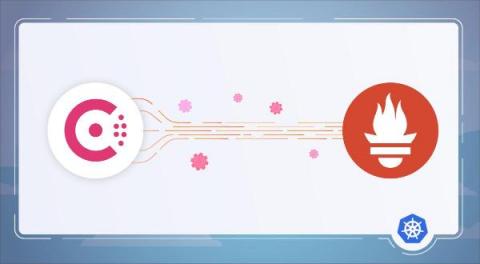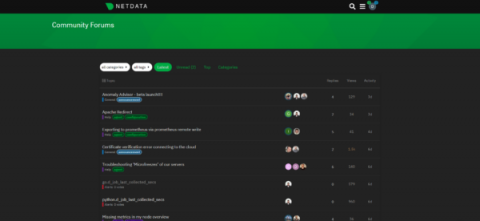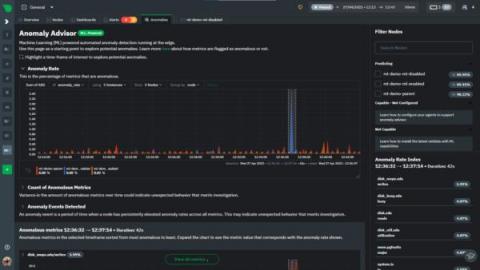Operations | Monitoring | ITSM | DevOps | Cloud
Latest News
Monitor and troubleshoot Consul with Prometheus
In this article, you’ll learn how to Monitor Consul with Prometheus. Also, troubleshoot Consul control plane with Prometheus from scratch, following Consul’s docs monitoring recommendations. Also, you’ll find out how to troubleshoot the most common Consul issues.
Lockless code deploys in Puppet Enterprise & Continuous Delivery for PE
Your Puppet Enterprise (PE) installation’s primary job is to compile catalogs and send them to agents to be enforced. When you deploy code, all catalog compilation stops and waits for the code deploy to complete. This impacts performance in any installation, and the impact escalates with more frequent code deployments. Code deployments usually increase when you use Continuous Delivery for Puppet Enterprise, making the impacts of stopped catalog compilations even more apparent.
Cloud-Native Package Management for the Banking Industry
Software development in the banking and finance industry can make you feel like you’re wearing chains. Regulation, compliance, upfront costs, privacy, legacy systems, fear of cyberattacks, and an “if it ain’t broke” approach can lead to a lack of innovation. Despite these challenges, some technology-forward banks like Capital One, JP Morgan Chase, HSBC, and Wells Fargo have embraced the cloud and introduced DevSecOps and cloud-friendly architectural practices.
Troubleshooting Alerts the Right Way: As a Team
At Netdata, we love two things more than anything else: Our goal is to make troubleshooting and monitoring as seamless as possible with the open-source Agent. This includes giving you pre-configured alerts so that you get notified immediately when a disruption occurs. The Netdata Agent comes with over 250 pre-configured and optimized alerts.
Setting up continuous integration with CircleCI and GitHub
Continuous integration (CI) involves the test automation of feature branches before they are merged to the main Git branch in a project. This ensures that a codebase does not get updated with changes that could break something. Continuous delivery (CD), on the other hand, builds upon CI by automating releases of these branches or the main branch. This allows small incremental updates that reach your users faster, in line with Agile software development philosophy.
Open source technology in logistics sector
The word open source was first coined by Christine Petersen to a working group that was dedicated, with a goal to share open-source software practices in the broader marketplace. The working group values sharing of software for better use, cheaper offering and preventing vendor lock-in.
CNCF Live: Power up your machine learning - Automated anomaly detection
Our Analytics & ML lead Andrew Maguire recently had a chance to share our new Anomaly Advisor feature with the wider CNCF community. In his demonstration he did some light chaos engineering (using Gremlin and stress-ng) to generate some real anomalies on his infrastructure and watch how it all played out in the Anomaly Advisor in Netdata Cloud. There were also some great questions and discussion from the audience around ML in general and in the observability space itself.
The 10 Best AWS Cost Monitoring Tools (Updated 2022)
Break Silos and Foster Collaboration with DevOps
DevOps is a well established discipline. By now, most developers, IT engineers and site reliability engineers (SREs) have heard all about the importance of “breaking down silos” and achieving seamless communication and collaboration across all stakeholders in the continuous integration/continuous delivery (CI/CD) process — which extends from source code development through production environment management and incident response.











